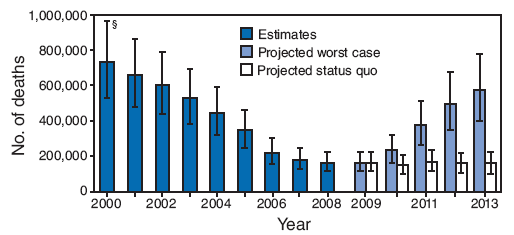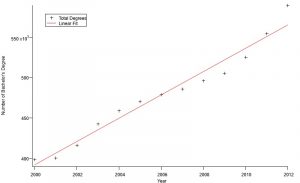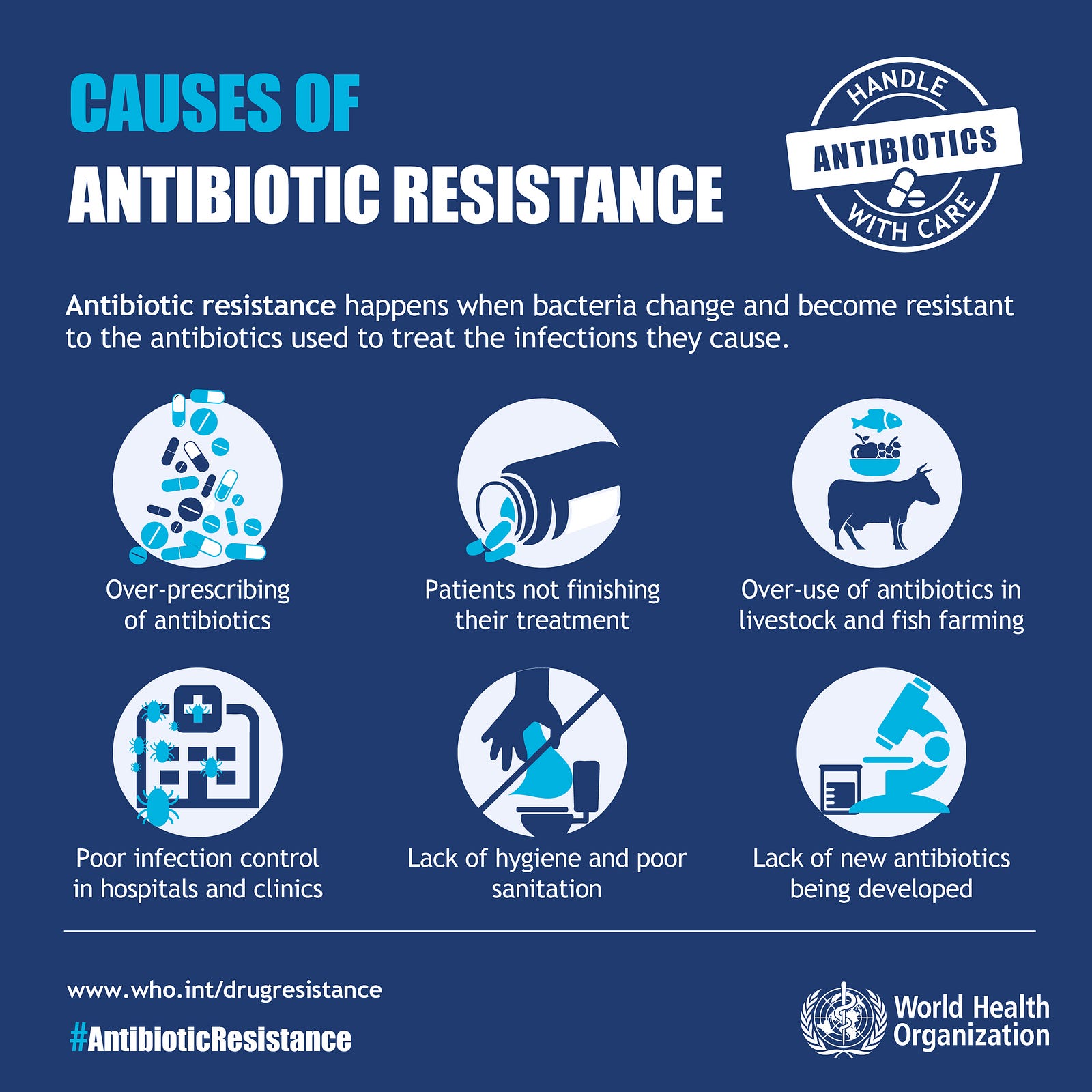Why Parents Fear Vaccines | Tara Haelle https://www.youtube.com/watch?v=ggtkzkoI3eM (Accessed Mar 20, 2019)
Can vaccines cause autism? A question posed by many uneducated masses, the fear of an article read online far outweighing the scientific backings of hundreds of research studies1. For the majority of people, the answer is simple, vaccines are completely safe, but it only takes a small group of people to make a huge negative impact on the rest of society. By being entrenched in the mindset that vaccines are harmful, it creates a backdoor for the re-introduction of various harmful and deadly diseases, like measles2.

Infographic of measles cases in the United States Blount, E. Misinformation on Vaccines Causes Measles Outbreak. https://gmhslancerledger.com/5508/news/misinformation-on-vaccines-causes-measles-outbreak/ (accessed Mar 21, 2019).
Measles is a highly contagious and highly preventable disease. Symptoms can lead to high fevers and body-wide rashes. Complications with the diseases can arise including pneumonia. They are also responsible for infecting 20 million people each year and resulted in the deaths of hundreds of thousands3. The disease is airborne so passing it on person to person is quite easy. Once a person is infected there is no specific treatment, only supportive care. Measles is most common in developing parts of the world such as developing parts of Asia, but with the return of “anti-vaxxers” it is making its comeback to many developed parts of North America. As shown in the provided figure, the number of measles deaths was expected to rise after continually falling.

A figure of estimated worldwide deaths of measles and projected worst-case scenarios
Global Measles Mortality, 2000–2008. https://www.cdc.gov/mmwr/preview/mmwrhtml/mm5847a2.htm (accessed Mar 21, 2019).
Herd immunity is a form of indirect protection in which a large portion of a population is immune to disease through previous exposure or vaccines, thereby providing a measure of protection for those that are not immune4. It works by having a large portion be immune, therefore containing a breakout from spreading person-to-person. This is one of the best forms of protection for those that can not be immune due to medical reasons. This system falls apart though if more and more people decide against vaccinations. The fewer people that are immune, means the more opportunity for the outbreak of diseases to spread and infect those who are not immune5.

An infographic of herd immunity Herd immunity. https://en.wikipedia.org/wiki/Herd_immunity (accessed Mar 22, 2019).
Imagine a world where polio is still a prevalent disease affecting millions or a world where smallpox is still around and active. The eradication of these diseases was only possible due to the worldwide vaccine movement and subsequent herd immunity that followed6. Most adults are set in their stubborn ways, as such explaining to them the importance of vaccines usually falls on deaf ears. The best solution to prevent further outbreaks and help create a world eradicated of preventable diseases is to start young and teach kids the importance for future generations.
1Dixon, G. N.; Clarke, C. E. Science Communication 2012, 35 (3), 358–382.
2Chang, L. V. Health Economics 2018, 27 (7), 1043–1062.
3Moss, W. J. The Lancet 2017, 390 (10111), 2490–2502.
6Phadke, V. K.; Bednarczyk, R. A.; Salmon, D. A.; Omer, S. B. Jama 2016, 315 (11), 1149.
~ Danial Yazdan




